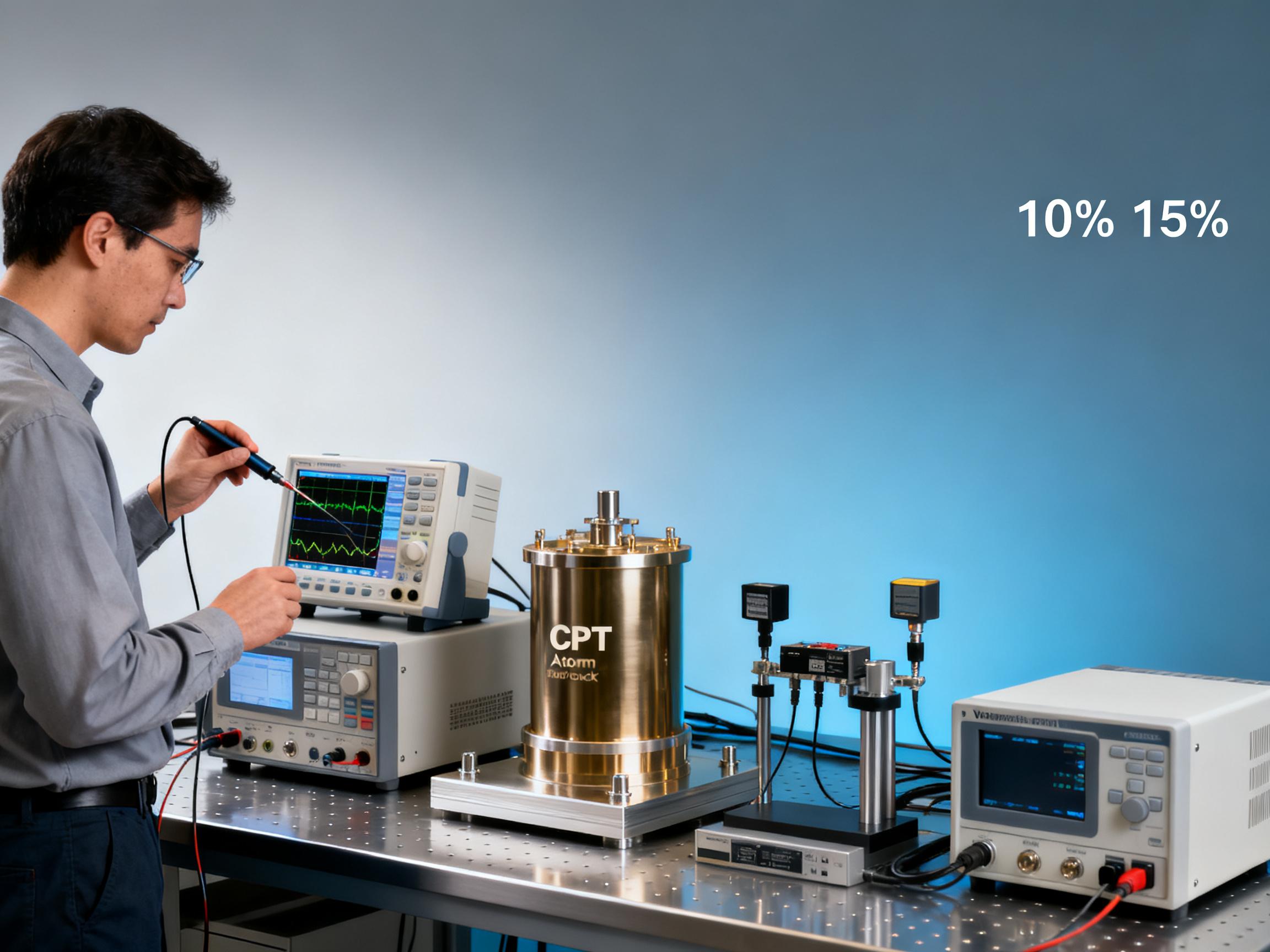RELATED
![How CPT Atomic Clocks Reduce OPEX in 5G Base Stations [Real Data] How CPT Atomic Clocks Reduce OPEX in 5G Base Stations [Real Data]](https://usimg.bjyyb.net/grey.png?x-oss-process=image/resize,m_fixed,w_800,h_600,limit_0) How CPT Atomic Clocks Reduce OPEX in 5G Base Stations [Real Data]2025-12-11
How CPT Atomic Clocks Reduce OPEX in 5G Base Stations [Real Data]2025-12-11 2024 CPT Atomic Clock vs Rubidium: Which Offers Better Stability for Telecom Networks?2025-12-08
2024 CPT Atomic Clock vs Rubidium: Which Offers Better Stability for Telecom Networks?2025-12-08 Live Demo Results: CPT Atomic Clock Performance Under Harsh Environmental Tests (Data Inside)2025-12-05
Live Demo Results: CPT Atomic Clock Performance Under Harsh Environmental Tests (Data Inside)2025-12-05 Budgeting for Precision: Total Cost of Ownership for a Rubidium Atomic Clock Over 5 Years2025-12-03
Budgeting for Precision: Total Cost of Ownership for a Rubidium Atomic Clock Over 5 Years2025-12-03
MESSAGE
01 Introduction to Ultra-Thin Rubidium Atomic Clocks
Product Overview and Advantages
In China, the newly developed ultra-thin rubidium atomic clock has become the focus of public attention due to its astonishing precision and the news that it is about to enter mass production. Its precision is extremely high, reaching an astonishing level of only 1 second of error in 30 million years. This achievement not only demonstrates China's progress in the field of science and technology but also indicates that in the future, everyone may own such a high-precision timer.
The thickness of this ultra-thin rubidium atomic clock is only 1.7 centimeters, and its length and width are only 7.6 centimeters, fully meeting the usage requirements of circuit boards. Its design and technological breakthroughs have caused quite a stir in the industry.
Research and Development Background and Challenges
The main challenges in developing the ultra-thin rubidium clock lie in the design of its internal quantum system. There is a delicate balance between the size and performance indicators of this physical component. It is necessary to reduce the volume while ensuring that the performance remains unaffected. In addition, the operating temperature range of the internal components of the rubidium clock is from over 80 degrees Celsius to over 120 degrees Celsius. Integrating these high-temperature components in a limited space will inevitably have an impact on each other, which in turn will affect the product's indicators and reliability. This also poses a severe challenge to technologies such as thermal design.
After successfully overcoming these technical difficulties, the finally developed ultra-thin rubidium clock product has reached the international top technical level.
02 Principles and Applications of Atomic Clocks
Basic Principles of Atomic Clocks
The timekeeping principle of atomic clocks is to utilize the stable electromagnetic waves generated when atoms absorb or release energy. Through the control of a series of precision instruments, atomic clocks can achieve extremely high timekeeping precision. Currently, elements such as hydrogen, cesium, and rubidium are all used to manufacture atomic clocks. Among them, the atomic clocks with the highest precision can even reach an astonishing level of only 1 second of error in 30 million years.
Unique Design of the Ultra-Thin Rubidium Clock
This time, the ultra-thin rubidium clock developed by the 203rd Institute of the Second Academy of China Aerospace Science and Industry Corporation is specially designed for circuit board applications. Its thickness is only 1.7 centimeters, and its length and width are only 7.6 centimeters, fully meeting the usage requirements of circuit boards. Its unique design and technological breakthroughs have made it a leader in the industry.
Practical Application Fields
The application range of atomic clocks is much wider than we can imagine. In movies, we often see special police officers gathering together to synchronize their watches before an operation to ensure the consistency of the operation. However, in a real war environment, how can various combat systems maintain synchronization? This is where atomic clocks play a role. With the evolution of modern warfare, a precise time system has become the key to network operations. Atomic clocks play a key role in military, communication, financial and other fields, ensuring the synchronization precision of time and frequency.
The operation of industries such as electricity and transportation also cannot do without the precise timekeeping of atomic clocks. Currently, this ultra-thin rubidium clock has optimized the size of rubidium clock products to the limit, and is also researching and developing a chip atomic clock with a brand-new mechanism, which has a more compact size and lower power consumption.
CONTACT US
Please use the form below to get in touch.
If you need a reply we will get in touch as soon as possible.

![How CPT Atomic Clocks Reduce OPEX in 5G Base Stations [Real Data] How CPT Atomic Clocks Reduce OPEX in 5G Base Stations [Real Data]](https://usimg.bjyyb.net/sites/91500/91958/1765179857856560163985903616.jpeg)



